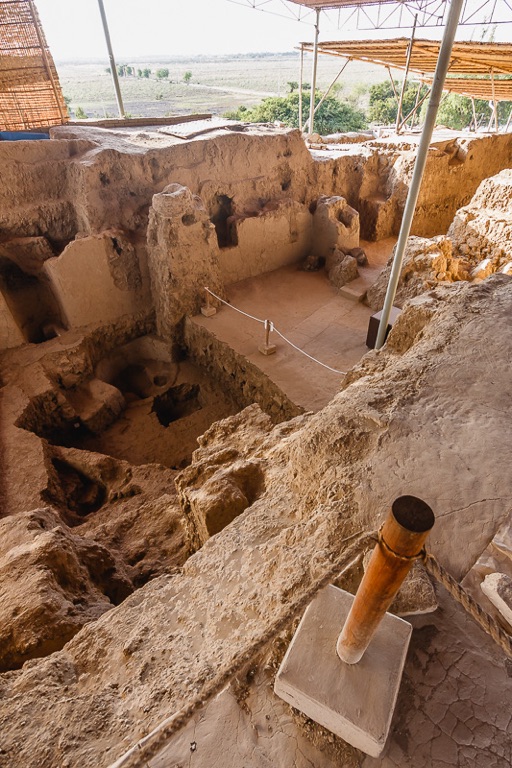Ventarrón is a significant archaeological site in Peru, known for its ancient temple complex. Discovered in 2007, it has provided valuable insights into the Cupisnique culture, which is one of the oldest in the Americas. The site features murals that are considered to be the oldest known in the Americas, dating back to approximately 2000 BC. These discoveries have shed light on the religious and cultural practices of early Peruvian civilizations.
The Cupisnique Culture
The Cupisnique culture, a significant pre-Columbian civilization, flourished on the northern coast of present-day Peru from approximately 1500 BC to 1000 BC. This civilization is considered one of the foundational cultures of the Andean region, laying the groundwork for subsequent societies such as the Moche and the Chavín. The Cupisnique people were primarily known for their intricate ceramic work, sophisticated religious beliefs, and their contributions to the development of Andean culture.
One of the major moments in the history of the Cupisnique culture was the construction of their monumental temples and platforms, which served as both religious and administrative centers. These structures, often adorned with elaborate friezes and murals, underscore the Cupisnique’s advanced architectural skills and their deep spiritual connection to their environment. The most notable of these sites is the Temple of the Crossed Hands in the Jequetepeque Valley, which features two clay sculptures of crossed hands, believed to be an important religious symbol.
Religion played a central role in Cupisnique society, with a pantheon of gods that were closely associated with natural elements and agricultural cycles. The Cupisnique people practiced complex rituals and ceremonies to honor these deities, often involving the use of psychoactive substances to induce trance states for spiritual encounters. Their iconography, characterized by feline motifs and depictions of shamanistic transformations, suggests a belief in the power of shamanic practices and the transformational capabilities of their religious leaders.
The social and daily life of the Cupisnique people was intricately linked to their environment. They were skilled farmers, cultivating a variety of crops such as maize, beans, and squash, and they were also adept fishermen and hunters. Their diet was supplemented by the abundant marine resources of the Pacific coast. The Cupisnique society was likely stratified, with an elite class of priests and nobles who wielded significant religious and political power, overseeing the labor of the common people.
There is little concrete evidence regarding specific rulers, kings, or queens within the Cupisnique culture. Leadership was probably vested in a class of priest-kings who governed both the spiritual and temporal aspects of society. These leaders would have been responsible for organizing the construction of religious monuments, directing agricultural activities, and presiding over religious ceremonies.
The Cupisnique were from the northern coastal region of Peru, an area that provided them with rich resources for agriculture and fishing. This geographic location also facilitated trade with neighboring cultures, allowing for the exchange of goods, ideas, and technologies. The influence of the Cupisnique culture can be seen in the spread of their artistic styles and religious motifs throughout the Andean region.
There is limited information on wars and battles involving the Cupisnique culture. However, the construction of defensive structures and the depiction of warriors in their art suggest that they engaged in conflicts, possibly with neighboring cultures or among rival factions within their society. These conflicts may have been related to competition for resources, territorial disputes, or religious differences.
In conclusion, the Cupisnique culture was a pivotal civilization in the pre-Columbian Andes, known for its artistic achievements, complex religious beliefs, and significant contributions to the development of Andean society. While much about their specific political structures and conflicts remains unknown, the legacy of the Cupisnique culture endures in the archaeological record and in the cultural traditions of the Andean peoples.

